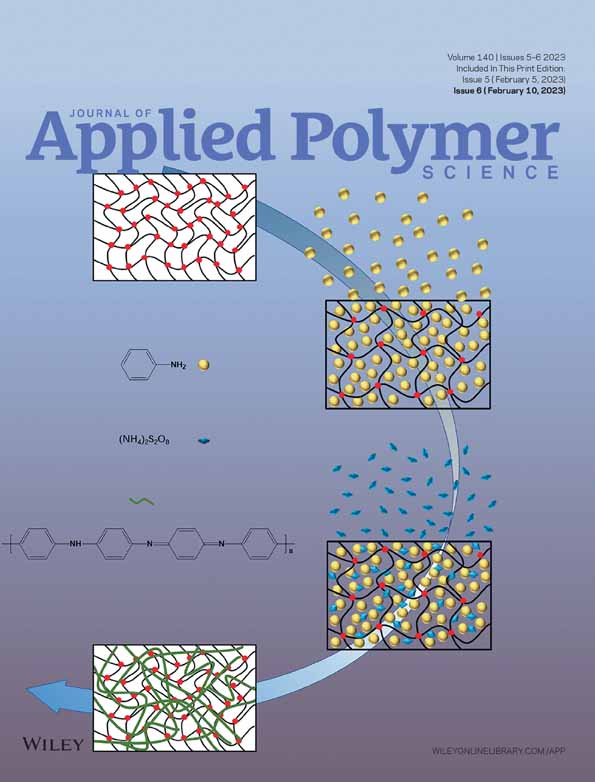Influence of 3D printing process parameters on the tribological properties of acrylic resin
Liang Yu and Yanan Zhu contributed equally to this work.
Funding information: National Natural Science Foundation of China, Grant/Award Number: 51705450; Jiangsu Province Basic Research Program, Grant/Award Number: BK20160474
Abstract
This article studied the mechanism of the influence of light-curing 3D forming parameters of acrylic resin on its tribological and mechanical properties. A three-factor hybrid orthogonal table was designed, that is, the three key process parameters of printing monolayer thickness (P), heat treatment (H), and ultraviolet curing treatment (U). The priority of three process parameters affecting tribological performance was studied based on Gray Correlation Theory. The results showed that the order of priority was P, U, and H. The tribological and mechanical properties of acrylic resin decreased with the increase of printing monolayer thickness, while the printing efficiency increased with the increase of the printing monolayer thickness. Based on Gray Correlation Theory, the “Wear Resistance Efficiency” (WRE) parameter was defined to comprehensively evaluate the wear resistance and printing efficiency of the samples. When the thickness of the printing monolayer was 30 μm, the comprehensive properties of the material reached the optimal value. The U increased the cross-linking degree of the acrylic interlayer molecules, and the H reduced the residual stress generated during the printing of the samples. The research results provided data support for the application of 3D printing acrylic resin and its nanocomposites in the field of tribology.
Open Research
DATA AVAILABILITY STATEMENT
The data that support the findings of this study are available from the corresponding author upon reasonable request.




